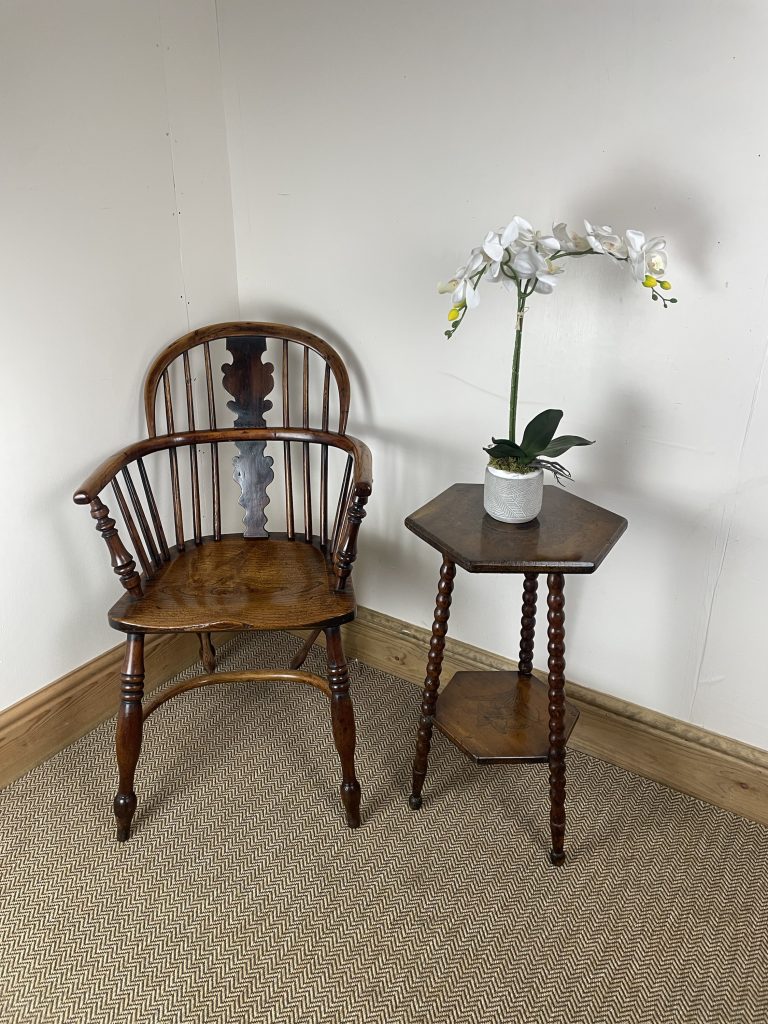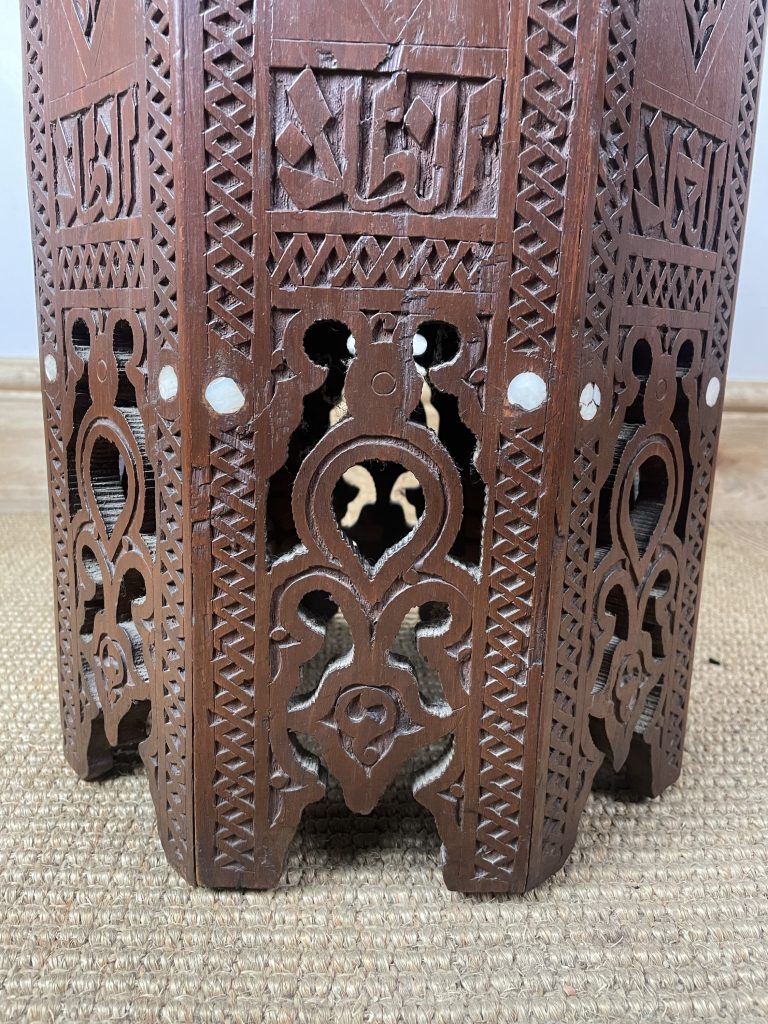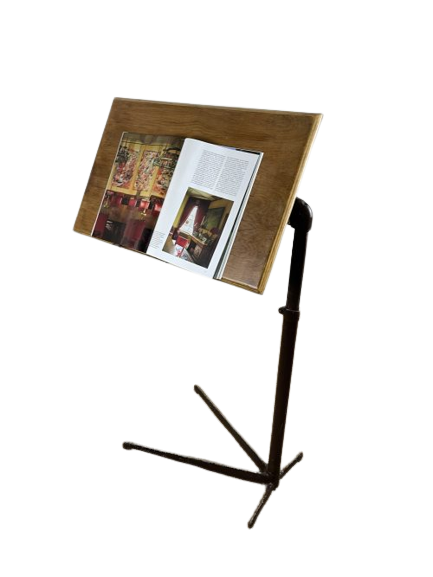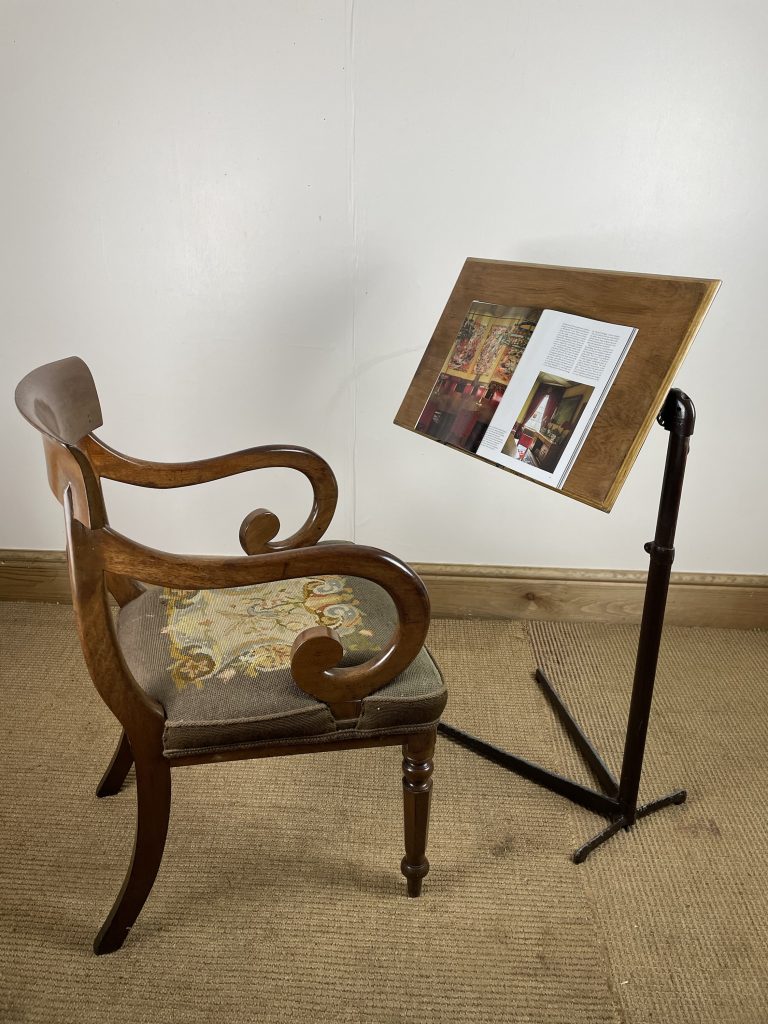Antique & Vintage Side Tables
Pine side tables are charming furniture pieces crafted from high-quality pine wood. Known for their natural beauty and warm, rustic appeal, pine side tables add character to any living space. These versatile pieces provide a convenient surface for placing lamps, books, or decorative items, while enhancing the overall aesthetics of the room. With their sturdy construction and timeless design, pine side tables are a popular choice for both traditional and contemporary interiors. Choose the perfect size and style to complement your décor and enjoy the natural beauty and functionality of a pine side table in your home.
What Are Pine Side Tables?
Pine side tables are small tables typically used as bedside tables or as additional surface space in living rooms, bedrooms, or other areas of the home. They are designed to be placed alongside sofas, beds, or chairs, providing a convenient and functional surface for placing items like lamps, books, beverages, or decorative accents.
Pine side tables are crafted from pine wood, which is known for its versatility and affordability. Pine is a softwood that comes from various species of pine trees and is widely used in furniture making due to its light weight, durability, and attractive grain patterns. These tables often feature simple and compact designs, making them suitable for a range of interior styles, from traditional to contemporary.
What Are the Benefits of Pine Side Tables?
Affordability: Pine side tables are relatively inexpensive compared to other types of wooden furniture, making them a budget-friendly choice for those looking to furnish their homes without breaking the bank.
Versatility: Pine side tables come in a variety of sizes, shapes, and styles, allowing you to find one that fits perfectly in your space. Whether you need a small table for a compact room or a larger one for a spacious living area, there are options available to suit your needs.
Natural Beauty: Pine wood has a distinctive and warm appearance with its light, pale-yellow color and visible grain patterns. This natural beauty adds a touch of warmth and character to any room, enhancing the overall aesthetic appeal of your home decor.
Lightweight: Due to its lightweight nature, pine side tables are easy to move around and rearrange as needed. This is especially beneficial if you like to frequently update your interior design or if you need portable surfaces for different purposes.
Easy Customization: Pine wood is relatively easy to work with, allowing for customization options. You can paint or stain the table to match your existing furniture or apply finishes to enhance its durability and resistance to wear and tear.
Sustainable Choice: Pine is a fast-growing tree species, making it a more sustainable option compared to slow-growing hardwoods. Choosing pine side tables can help promote responsible forestry practices and reduce environmental impact.
In summary, pine side tables offer affordability, versatility, natural beauty, and the ability to customize your furniture while being a sustainable choice for your home decor. Whether you’re furnishing a small bedroom, adding a functional piece to your living room, or exploring antique stores for unique finds, pine side tables can be a practical and stylish addition to your interior design.
Frequently Asked Questions
1. What makes a good side table?
A good side table should possess several key qualities. It should be functional, providing a stable surface for placing items like lamps, books, or drinks. The material and craftsmanship should be of high quality, ensuring durability and longevity. Aesthetically, a good side table should complement your interior design, whether it’s a mahogany side table for an antique-inspired look or a modern design for a contemporary setting. It should also offer the right balance of size and proportions to fit well within your space.
2. What is the difference between a side table and an end table?
The terms “side table” and “end table” are often used interchangeably, but they can have subtle differences. Generally, a side table is a small table placed next to a sofa or armchair, offering a surface for convenience. An end table, on the other hand, is typically placed at the end of a sofa or beside an accent chair, serving a similar purpose. While the terms can vary in usage, both side tables and end tables serve as functional pieces of furniture to hold items within easy reach.
3. How high should side tables be?
The height of side tables can vary, but a general guideline is that they should be approximately the same height as the arm of your sofa or chair. This ensures easy access to items on the table and a comfortable reach when sitting. Typically, side tables range from 22 to 30 inches in height, depending on the specific style and design.
4. Do end tables need to match?
End tables do not necessarily need to match perfectly. In fact, mixing and matching different end table designs can add visual interest and personality to your space. However, it’s recommended to consider some cohesive elements such as similar heights, complementary styles or finishes, or coordinating materials to create a harmonious look within your room.
5. What are the four essentials of a good table?
A good table should have four essential elements: functionality, durability, aesthetic appeal, and proper proportions. Functionality ensures that the table serves its intended purpose, whether it’s for dining, work, or decoration. Durability guarantees that the table is built to withstand regular use and last for years. Aesthetic appeal adds beauty and complements your overall interior design. Finally, proper proportions ensure that the table fits well within your space and coordinates with surrounding furniture.
6. What makes a beautiful table setting?
A beautiful table setting incorporates several elements such as a well-coordinated color scheme, harmonious tableware and accessories, appropriate table linens, and thoughtful placement of decorative elements. Attention to detail, symmetry, and balance can enhance the overall visual appeal of the table setting.
7. How should a side table be?
A side table should be positioned next to a sofa or chair, within easy reach for convenient access. Its size and design should complement the scale of the furniture it accompanies. The surface of the side table should be clear of clutter, except for essential items or carefully selected decorative pieces that add to the overall aesthetic.
8. Should side tables be higher than the bed? Side tables should ideally be of similar height to the top of the mattress or slightly lower. This allows for easy access to items on the side table while sitting or lying on the bed. The top surface of the side table should be within a comfortable reach, ensuring convenience for placing personal belongings or bedside essentials.
9. Can you use a side table as a dining table? In general, side tables are not designed or intended for use as dining tables. Side tables are typically smaller in size and may not provide enough surface area or stability for dining purposes. However, there are specific cases where a small side table could be temporarily used as a makeshift dining table in limited spaces or for casual dining situations. It’s important to consider the table’s size, height, and stability when using it for alternative purposes.









